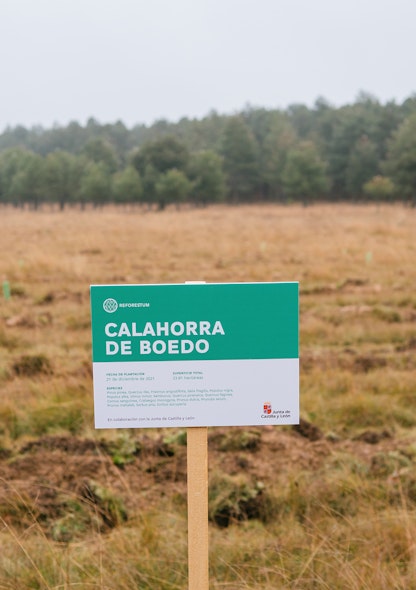Guidelines to reduce your carbon footprint: How can you make an impact?
Too many people give up on trying to make a difference because they believe that their actions are too insignificant and they feel powerless.
There is a beautiful fable about a brave sunbird.
In this story all animals live together peacefully in a forest next to a lake. One day a huge forest fire breaks out, and starts destroying the animals homes. All the animals run away, to save themselves from the fire, except for one little sunbird who won't give up on his home and tries to put the fire out by going to collect water from the lake with his beak. All the animals looked at the sunbird as if he was completely crazy and told him he would never be able to put the fire out. The sunbird looked at all of them and said “If we were all to do the same, then we would put the fire out together”. The same goes for us, every little bit counts, and so if we can make small changes in our lifestyle then we can make a huge difference to the carbon footprint that we leave behind.

What are the things that we do in our daily life that contribute to our carbon footprint?
Driving
- When possible try to use alternatives to driving; walking, cycling, public transport, a good walk or cycle has never hurt anyone, and can only be good for you.
- Invest in low carbon or electric vehicle if possible, it’s cheaper than fuel-guzzling vehicles, and better for the environment.
- Invest in cargo racks instead of an SUV if you need to carry equipment.
- Modify your driving style, try to respect the speed limit, revving the engine often uses more fuel, so taking it easy on the accelerator also takes it easy on your wallet.
- Keep an eye on your tire inflation and other tuning to make sure your car is as efficient as possible.
- Avoid traffic, although traffic is never fun, it is also a huge contributor to carbon emissions, so try not to travel at rush hour when possible.
- Combine errands and try to do as many things as you can per trip.
- On long journeys use cruise control to limit your fuel consumption.

Home energy
- Make sure that your home is properly insulated, double glazing, etc.
- Try to purchase and use energy-efficient appliances, put in energy-efficient light bulbs, switch off the lights when you are not in a room.
- Having a thermostat is very energy efficient and will make sure your energy bill is not too high.
- Try and install solar panels when and where possible, solar heated water is a great investment.
- When possible support clean and green energy sources.
Air transportation
- Minimize flying.
- When air travel is inevitable, fly economy class, the amount of people on the plane is much more efficient than in business and first-class. Chartering a private jet is probably one of the most carbon-emitting actions possible.
- Minimize work air travel, that’s why tools like Skype and video conference calls were created, use them!

Water usage
- Try and have a shower instead of a bath, stop the water while lathering your hair or your armpits, when possible.
- This may sound strange, but, pee in the shower! If we all peed in the shower first thing in the morning we would save millions of liters of water from our early morning pee flushing.
- When possible use the motto, ‘when it’s yellow let it mellow, when it’s brown flush it down to minimize flushing and avoid unnecessary water wastage.
Food
- Always try to buy locally produced food to lessen the distance it has had to travel.
- Try to buy seasonal fruits and vegetables.
- When possible and financially feasible organic food has fewer fertilizers and chemicals that will be better for your health but also means a lower carbon footprint to produce them.
- Mass-produced cereals and mass monoculture farms are the largest culprits responsible for huge amounts of deforestation.
- Try to lessen your consumption of meat and dairy, especially mass-produced meat and dairy that contribute greatly to the greenhouse effect and cause the suffering of many animals. Try to be sure of the source of your meat products and milk.
Reuse and Recycle
- Minimize the amount of plastic packaging when shopping at the supermarket, there is no need to put each different fruit in a different plastic bag, use reusable shopping bags.
- Preferably choose glass packaging which is infinitely recyclable.
- Reduce, Reuse and Recycle whenever possible.





